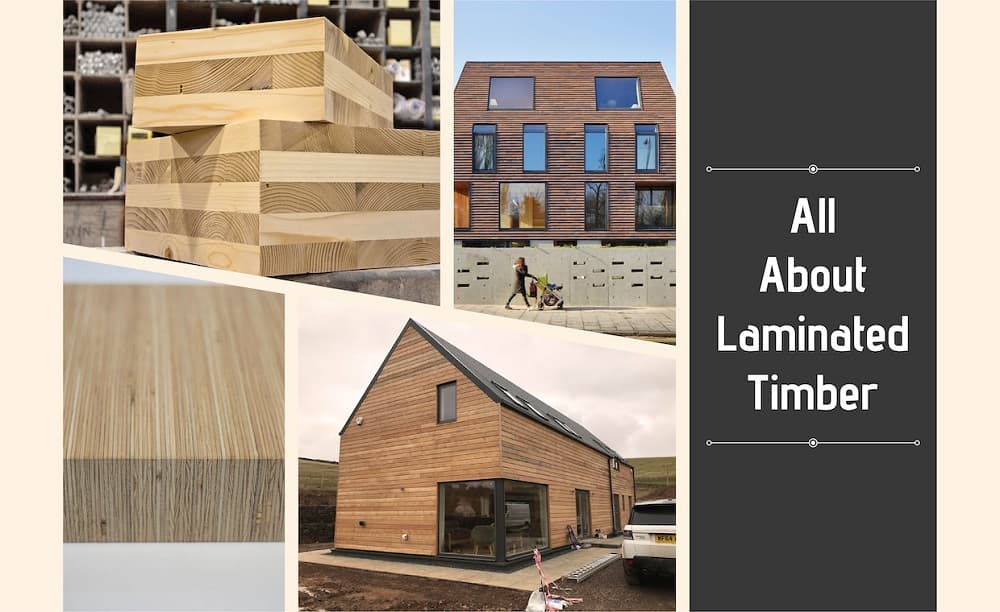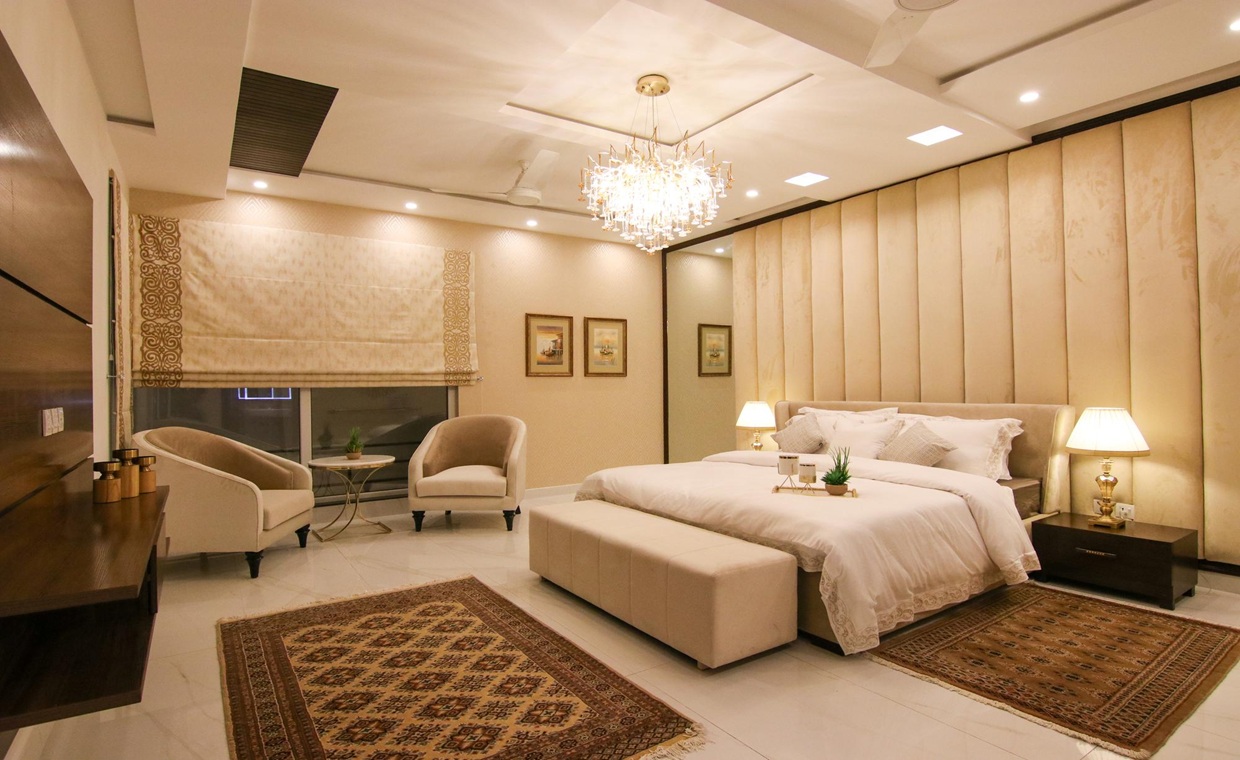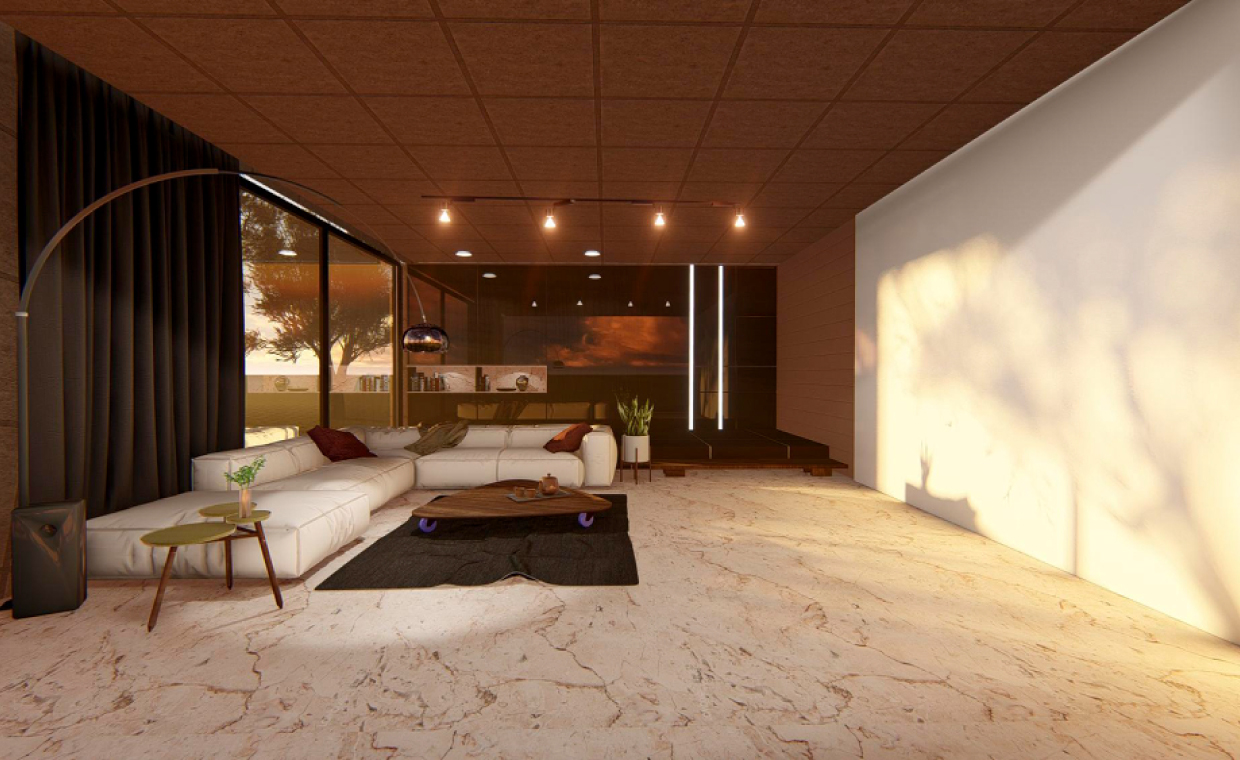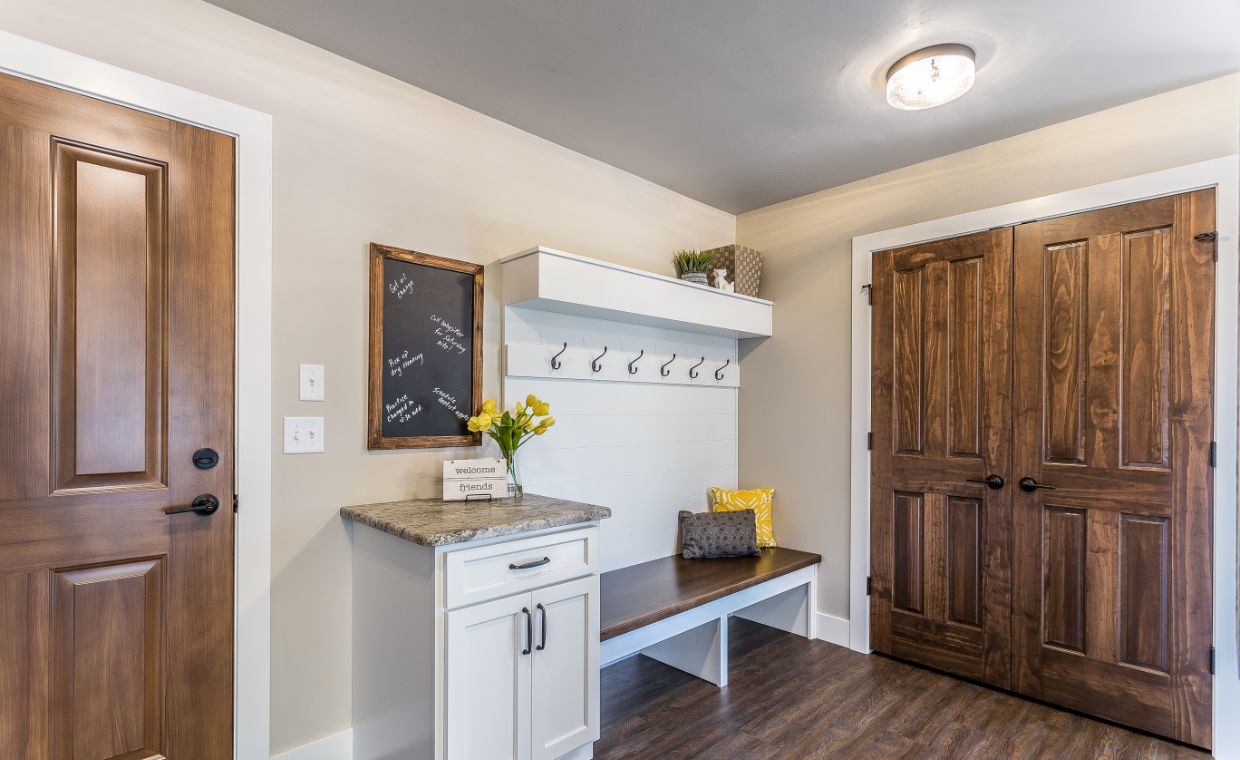
As everyone knows, wood has always been a mainstay, especially in homes. However, a new eco-friendly wood product has been gaining traction in the 21st century. The material is laminated timber. Architects, builders, and sustainability advocates worldwide are enthusiastic about this new building material because it dramatically reduces Green House Gas (GHG) emissions. It can help reduce waste, pollution, and costs while producing a healthier built environment from a psychological, physiological, and aesthetic standpoint.
What is a Laminated Timber?

Laminated timber offers an appealing alternative for do-it-yourself builders seeking quick and low-energy construction due to its minimal carbon footprint, high strength-to-weight ratio, speed, and ease of building. Several American jurisdictions have considered updating their building codes to permit laminated timber. If implemented correctly in terms of building physics, the life cycle of a solid wood building has no limits. Wooden farm homes enduring centuries are an impressive monument to their endurance.
European and Scandinavian architects and builders are among the most enthusiastic adopters of laminated timber. In Finland, architect Kivi Sotamaa created a fascinating building called “The Meteorite.” Sotamaa built the entire three-story house from sustainably harvested laminated timber. Additionally, he used a system he named “the misfit” when designing the house with timber. This consists of insulation, storage, and a place to accommodate mechanical and technological components of the house.
How to Laminate Timber?
Laminated timber’s thickness and length are customizable as per the specifications of each project. This allows the panels to serve various purposes, such as walls, floors, furniture, ceilings, and roofs.
Laminated timber is made by stacking and gluing layers of trimmed and kiln-dried lumber boards with their grains oriented against each other. Boards are placed opposite one another so that their structural directions alternate. Since laminated wood is more durable and moisture-resistant, it is an excellent construction material. The boards are bonded together to form a beam. It is then profiled using a machine with four different cutting blades. Profiled beams are sliced into sizes of elements. Laminated timber panels are joined and trimmed during production to account for the design’s joints, apertures, and drilling. The assembling begins after all the components are delivered to the location.
Different Types of Laminated Timber
Laminated timber is available in different types such as:
01. Cross-Laminated Timber (CLT)

Sawn wood layers are glued together to produce Cross-Laminated Timber. CLT consists of pieces of wood glued perpendicular to one another. The most popular material in the construction industry is Cross-Laminated Timber, which offers a steel-like strength.
02. Glued Laminated Timber (GULAM)

Glued Laminated Timber consists of several layers of timber bonded together using adhesives to form a thicker and stronger piece of wood. It is a versatile engineered wood known for its strength and aesthetics. Columns and beams are made of Structural Glued Laminated Timber.
03. Nail Laminated Timber (NLT)

Nail Laminated Timber or NLT is a mass-produced wood made by mechanically joining the laminations of dimensional lumber together with nails. It is commonly used for floor and roofing systems.
04. Laminated Veneer Timber

Thin veneer layers glued together make laminated veneer timber. It is also known as laminated veneer lumber (LVL). The material is an excellent choice for columns and beams, just like glulam.
Examples of Laminated Timber Construction Around World
- London Studio Tikari Works built the four-story Rye Apartments building in south London with cross-laminated timber. Spruce wood kitchen cabinetry, storage units, and shelving complemented the material. This was exposed over most of the gabled walls and ceilings of the flats. Wooden accents complemented by terrazzo-style flooring with amber and ivory flecks created a mesmerizing space.

- Carbon12 in Portland, Oregon, is the tallest mass timber and cross-laminated timber structure in the United States. The eight-story, 85-foot-tall structure contains both commercial and residential space.

- Residential construction saw the first widespread usage of cross-laminated timber in the early 2000s, first in Austria and then across Europe. Many American use a weak stick-frame style of construction to build their homes, which is unappealing to Europeans, who are accustomed to the more substantial structures of their homeland. The goal of using such timber in the home was to reduce the negative environmental impact of the building. However, in the United States, this timber is still behind the more affordable and common stick-frame method of building. In the 2010s, laminated timber appeared in North America as a substitute for concrete and steel in larger buildings. This idea was foreign to North American architects.

- The residence on the Danish Island of Fyn was designed by Jan Henrik Jansen Arkitekter in collaboration with Marshall Blecher and Einrum Arkitekter. It features a laminated timber structure fabricated from Baltic fir. Before exposing the interior panels, the wood was bleached and sealed with soap and lye.
Advantages of Laminated Timber
Laminated timber advantages include:
- Fire Resistant – Laminated lumber continues its rapid growth in the building profession. It is increasingly used as an alternative to steel and concrete. Not only that, but it is easier to move around and doesn’t conduct heat like steel or concrete. It can be prefabricated to any size and looks more natural and welcoming. Furthermore, it takes a lot of effort to light huge logs compacted into solid masses. If a fire breaks out, the outside layer of mass timber will char as it should, self-extinguishing and shielding the interior so that it may withstand flames for several hours.

- Durable – Most homes use laminated timber for walls because of its durability. It’s sturdier than brick and concrete walls. Laminated timber structures are 50 to 70 percent stronger than buildings built from trees. Also, laminated wood retains its original form over time. The beams’ ridges and grooves secure each wall component. Glue laminated wood has negligible height loss. It won’t break or budge at all. Due to its superior surfaces, this material is exceptionally resistant to decay and insect infestation.
- Environment-Friendly – Wood has high insulation abilities, so turning down the heat a few degrees could save you money. Laminated timber also has superior heat-accumulating characteristics and may shelter from the scorching summer sun. By fusing history, solid workmanship, and cutting-edge timber construction technology, one may create one-of-a-kind structures of stable value while also addressing ecological and energy efficiency concerns. According to the World Green Building Council, this contributes to the environment since roughly 11 percent of worldwide greenhouse gas emissions originate from building materials and construction. Another 28 percent come from building operations, which largely require energy. The carbon effect of buildings will shift towards materials and construction in the coming years as electricity becomes cleaner. Usage of mass lumber can mitigate this.

- Easy to Build – One of the key benefits of laminated timber is the precision with which the panels are designed. Machines programmed with information from 3D CAD designs cut the panels to size. These elements are brought to the site and put in place. One can order window glazing from blueprints due to precision manufacturing of the panels. Building with laminated timber takes only a few days. It is possible to bring these prefabricated parts to the construction site on a just-in-time basis since they may be constructed one at a time, in sequence, with minimal work. Hence, it eliminates the need for a large stockpile of materials and reduces the time spent on the job site.

Disadvantages of Laminated Timber
- Laminated timber construction is more expensive than concrete or steel construction.
- As laminated timber is a less popular material worldwide, it can be difficult for the designer to use it. Furthermore, it is not suitable for high-rise buildings.
- It is more difficult to install than traditional construction material.
- Its availability is limited across the country.
Conclusion
As per the article published on Homebuilding & Renovation, you should anticipate paying roughly £350-£500/m2 of gross internal floor area for a cross-laminated timber house. This may sound expensive, but it will save money compared to slower construction methods. There are trade-offs to consider, such as the material’s high cost, as well as its reduced build time, improved quality control, and ease of maintenance. People still look down on timber homes because of this perception. However, laminated timber can be a great option for construction, given the industry’s continued reliance on non-renewable resources. If laminated timber continues to gain traction in the commercial sector, it may also gain traction in the custom-build sector, leading to increased use in constructing modular homes. To achieve a highly efficient, design-led, and structurally stable home, laminated timber is worth considering, even though it is not yet widely used.
Image Courtesy: Image 2, Image 3, Image 4, Image 5, Image 6, Image 7, Image 8, Image 9
Author Bio
Nafisa Nazneen Choudhury – Nafisa Nazneen Choudhury is a Civil Engineer (completed B.E. from Assam Engineering College) and is currently pursuing M.Tech in Structural Engineering at National Institute of Technology, Silchar. She is a Technical Content Writer, having over 3 years of experience and has wrote many articles related to Civil Engineering. She is also a Book Author (Authored – “Dream Tales of NNC: Revenge By Murder”) and her book can be found on Amazon. She is also a Guest Author at Gharpedia. Moreover, she is a certified member at Institution of Civil Engineers (ICE) and National Society of Professional Engineers (NSPE). She writes her blogs at her website – nnc2017.wordpress.com. She can be reached on LinkedIn.






























